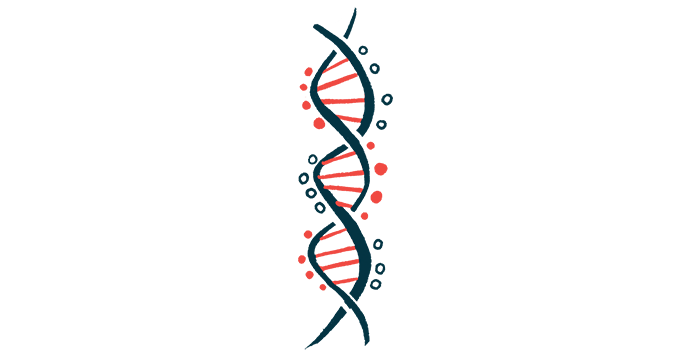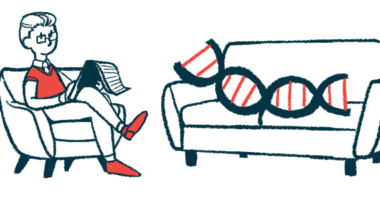FDA grants breakthrough status to Rett syndrome treatment
Early trial results show TSHA-102 improves functional abilities and social skills

A gene therapy showing potential to restore lost developmental milestones in people living with Rett syndrome has earned breakthrough therapy status from the U.S. Food and Drug Administration (FDA).
The experimental therapy, TSHA-102, is being developed by Taysha Gene Therapies. A breakthrough therapy designation is intended to speed the development and review of important new treatments for serious conditions that show early clinical promise.
“Breakthrough therapy designation highlights the FDA’s recognition of both the significant unmet medical need across the estimated 10,000 patients suffering from Rett syndrome in the U.S. and the potential of TSHA-102 to redefine the treatment paradigm for this devastating disease,” Rumana Haque-Ahmed, Taysha’s chief regulatory officer, said in a company press release.
Trial data validates breakthrough status
The new FDA designation is based on early data from the Phase 1/2 REVEAL clinical trials, one of which is testing TSHA-102 in adult and adolescent Rett patients (NCT05606614), the other in pediatric patients (NCT06152237). Early findings have suggested TSHA-102 may help improve functional abilities and social skills in Rett patients.
“This designation was granted following the FDA’s review of available clinical data from the 12 patients treated in Part A of our REVEAL trials, which support the potential of TSHA-102 to improve function and enable achievement of developmental milestones across core areas of disease that may significantly impact patient and caregiver lives,” Haque-Ahmed said.
The designation comes just a few months after the FDA agreed to the design of the second part of the REVEAL studies, which will test a single high dose of TSHA-102 (1,000 trillion vector genomes) in 15 Rett patients, ages 6 to 21. The study’s main goal is to determine whether the patients will gain or regain any of 28 developmental milestones covering a range of motor function abilities and communication skills. Natural history data show Rett patients 6 and older hardly ever recover these particular milestones.
The FDA has indicated a positive result — defined as at least five of the people gaining or regaining at least one of the 28 milestones — could be enough to support an application seeking approval of the gene therapy. Based on an 83% response rate (5 of 6 patients responding) seen at six months following high-dose TSHA-102, the agency has also agreed to review a six-month interim analysis, which could allow the company to submit an application.
Taysha expects to start enrolling patients in the pivotal study later in 2025.
“We are pleased to have finalized alignment with the FDA on our pivotal trial protocol,” said Sukumar Nagendran, MD, president and head of R&D at Taysha.
Rett syndrome is caused mainly by mutations in the MECP2 gene, leading to low levels of the MECP2 protein in the brain. TSHA-102 is designed to deliver a healthy version of MECP2 into nerve cells, thus restoring protein production and helping normalize brain development.
“The disease burden in Rett syndrome continues to be significant, and we are encouraged by the potential of TSHA-102 to address its underlying cause,” Haque-Ahmed said. “We look forward to continued collaboration with the FDA as we advance toward potential registration.”







